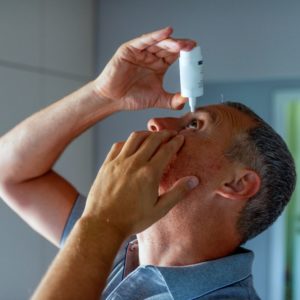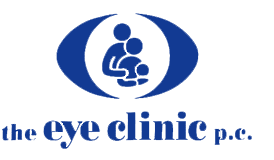More Fish Oil for Less Dry Eye
- Posted on: Sep 15 2019
- Leave a response

Remind me what is dry eye
For our eyes to provide the combination of good vision and comfort, the front surface of your eye must be covered with an even layer of tears that contain the right mix of water and oils. When the tears either aren’t produced in the necessary amount or if their quality is poor, dry eye can develop.
When you have dry eye, your eyes may sting, itch, or burn. They can be sensitive to light and your vision can actually blur. You may also have excessive tearing, which seems counterintuitive. Dry eye is a natural result of aging, and can also be a side effect of various medical conditions and certain medications.
Fish oil and dry eye
Fish oil has shown promise in helping with dry eye. Dry eye that isn’t a side effect of taking a medication or simply due to a windy, dusty day tends to be chronic and not really “curable.” The goal is usually to ease the patient’s symptoms.
Fish oil contains two omega-3 fatty acids, docosahexaenoic acid (DHA) and eicosapentaenoic acid (EPA); these are thought to provide a wide range of health benefits. Specifically for dry eye, research has shown that people taking supplements of omega-3 fatty acids have fewer dry eye symptoms. It appears that omega-3 fatty acids can improve the eye’s oil film that is produced by the small glands on the edge of the eyelids, the meibomian glands. This improves the quality of the tears, making them stay in place lubricating the eye rather than evaporating too quickly.
How much to take?
The dosage of omega-3 fatty acids shown to be effective is 180 milligrams of EPA and 120 milligrams of DHA taken twice daily. These can be found in fish oil supplements. Taking more than these amounts can result in side effects such as increased bleeding risk and higher levels of LDL (bad) cholesterol.
Of course, you also should get fish oil from your diet. The American Heart Association recommends that adults eat fish at least twice a week. Fatty fish, such as salmon, halibut, catfish, striped sea bass, and albacore tuna are all good sources of omega-3 fatty acids, and they can all help with dry eye.
If you have symptoms of dry eye, especially if they seem chronic, we should see you at The Eye Clinic. Call us at (503) 297-4718 to make an appointment.
Posted in: Dry Eyes

